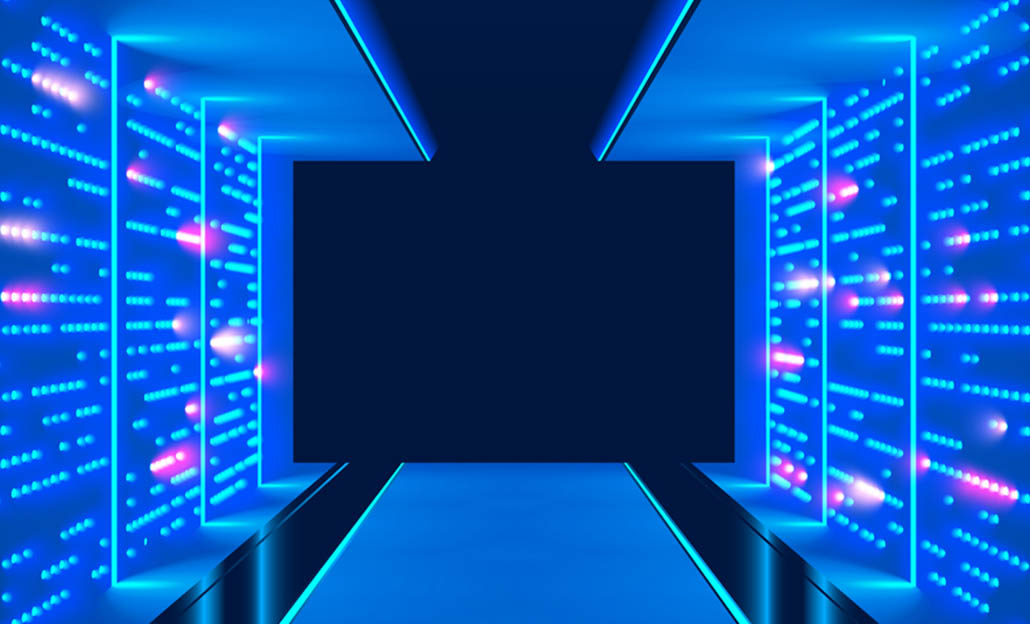Blog / News
- HOME
- About
- Blog / News

by Surender Kumar
What is mainframe modernization? Basically, it is a solution for addressing the challenges of an aging, expensive mainframe full of legacy applications. Because many mainframes now struggle—and even fail—to meet ever-changing demands for digital innovation, agility, cloud-native and mobile apps, and omnichannel experiences, mainframe modernization offers a fast and cost-effective way out. You can even choose from several options for addressing the challenge. You can lift-and-shift your mainframe applications to the cloud or open systems, write new front-ends for its applications, or completely rewrite its applications.
This post defines mainframe modernization, explains how it works, offers reasons for choosing it, and shares examples of successful rehosting projects.
What mainframe modernization is
Mainframe modernization is a cost-effective method of addressing the challenges of maintaining a decades-old mainframe and its applications. Sometimes referred to as “rehosting,” or “lift and shift,” mainframe modernization moves (“lifts”) mission-critical and core applications off the mainframe and migrates (“shifts”) them to the cloud or, in some cases, to new hardware. The most comprehensive form of mainframe modernization is sometimes referred to as “replacement,” because result is the migration of all core business programs and data housed on the mainframe onto the modern system, and then shutting it down.
Other variations of mainframe modernization are MIPS reduction and re-platforming. An acronym for “millions of instructions per second,” MIPS is a metric for computing resource consumption. To reduce MIPS, you migrate high-consumption mainframe workloads to the cloud or less costly open systems. Re-platforming modernizes legacy applications and mirrors their data structures, using automated tools to convert them on the open system or cloud platform. It compiles the programs, translates the sequential files, and installs and configures a new environment. If the applications are migrated to the cloud, re-platforming can also include rearchitecting the applications so that they are cloud native.
How mainframe modernization works
Mainframe modernization recompiles mainframe applications in an open system, such as a multi-tiered, SQL-based x86 environment or the cloud, without changing business logic. This new environment runs specialized software that provides the development and execution environment required by traditional mainframe programming technology. Once the mainframe application is migrated, it can continue to function with minimal code changes.
The most effective mainframe modernization solution breaks legacy applications into isolated tiers and provides tools for moving mainframe data to an isolated database tier that supports industry-standard SQL databases. After the move is completed, you can access mainframe data with existing data analytics tools. You also have the choice of supporting mobile with presentation tools that address the application layer.
Who Is modernizing?
Curious about companies that modernized their mainframes? Here are two success stories.
Mainframe modernization reduces costs dramatically for a global insurer
The core business system (1,600 MIPS) of a global property and casualty insurance company was housed in an IBM mainframe with a footprint of 19,000 batch processes. After mainframe modernization, the insurance carrier has a lower-cost, more manageable environment. They report enhancements in CPU capability (10,000 MIPS), improvements in transactions per second (4x), a response time of 200 milliseconds, and optimized batch processing. Cost reductions were estimated to be $17.5 million in the first 5 years after the project.
A Major U.S. retailer reduces TCO and increases ROI by modernizing six mainframes
A major U.S. retailer’s 10 core business systems (9,500 MIPS) were housed in six IBM mainframes. Each year, licensing fees and the costs of maintaining the mainframes and their massive footprint of 93,271 batch processes increased significantly. To reduce costs and become more agile, the retailer chose a mainframe modernization solution for its IMS applications. The retailer reports a significant reduction in TCO, a 50% reduction in costs, and an increase in ROI when compared to the mainframe environment.
Why modernize your mainframe?
Now that you’ve seen how well mainframe modernization has worked for two enterprises, let’s build on that with five reasons why you should consider it.
1. Modernizing your mainframe reduces costs.
Mainframe modernization has been proven to dramatically reduce infrastructure and operating costs. For example, for the financial services arm of a global conglomerate, the costs of running a portfolio management system fell by 66% after rehosting. You can reallocate these cost savings to innovation, such as replacing legacy apps with more flexible, reusable, and modern ones that can deliver new customer experiences.
2. Mainframe modernization offers the opportunity to become cloud native.
Modernizing your mainframe enables you to create a fast, flexible foundation on the cloud for quickly responding to market change and future integration requirements with no proprietary lock-in. You can take advantage of modern technology, such as reusable components, microservices, and containers, so you can do more business faster.
3. Performance and reliability improve.
Your customers and employees expect a super-fast experience. Mainframe modernization creates an environment that dynamically scales based on business demand so that, even during peak processing, your end users experience the same maximum service and reliability.
4. You can modernize your mainframe with your current resources and skills.
Mainframe, COBOL, and PL/I experts are difficult to replace because younger programmers are trained in more modern language and technology. When you modernize your mainframe, your existing resources with any or all of these skills can be utilized. There’s no need to hire more.
5. Mainframe modernization is fast and low-risk.
Modernizing your mainframe can take as little as 9 months. Also, there are no changes to the underlying business logic or user interface and no negative impact on your enterprise. Your system operates the same, and you have an environment better suited for new technology and applications.
Ready to modernize?
An industry leader in mainframe rehosting, TmaxSoft OpenFrame offers flexible solutions for your enterprise. In our eBook, Lift, Shift and Modernize: Proven Mainframe Modernization Strategies that Enable Digital Transformation, you can get more details about modernization options and which will suit you best, along with an introduction toTmaxSoft OpenFrame.